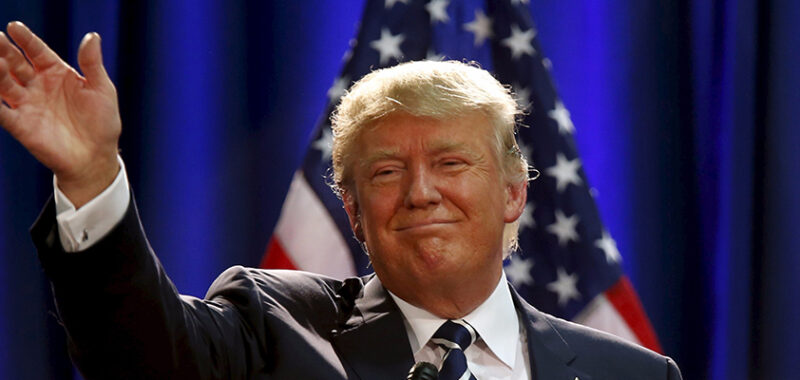U.S. President Donald Trump has dropped tariff rates on imports from most of America’s trade partners to 10% for 90 days to allow for negotiations.
On social media, Trump said that he is pausing for 90 days the full effect of his reciprocal tariffs on most countries, including Canada, and moving to implement a lower import duty of 10% on foreign products entering the U.S.
However, rather than lower the tariffs on China, America’s largest trading partner, Trump doubled down, announcing that he is raising the tariffs imposed on imports from China to 125%.
Trump wrote on social media: “Based on the lack of respect that China has shown to the World’s Markets, I am hereby raising the Tariff charged to China by the United States of America to 125%, effective immediately.”
The U.S. president said he was lowering tariff rates to a flat 10% in most cases because “more than 75 countries” have contacted U.S. officials “to negotiate a solution” to trade concerns.
U.S. Commerce Secretary Howard Lutnick wrote on social media that “the world is ready to work with President Trump to fix global trade.”
The de-escalation of Trump’s tariffs was cheered by investors who sent all three of the major U.S. stock indices skyrocketing to their best one-day rally in five years.
The Nasdaq Composite index closed more than 10% higher on April 9. The Dow Jones Industrial Average surged nearly 3,000 points.
However, the higher duties on China raises the chances of a major trade war between the world’s two biggest economies, a development that could tip the global economy into a recession, say analysts.
In premarket trading on April 10, the U.S. indices are back in the red, with the Dow down almost 700 points and the benchmark S&P 500 index down more than 2%.

